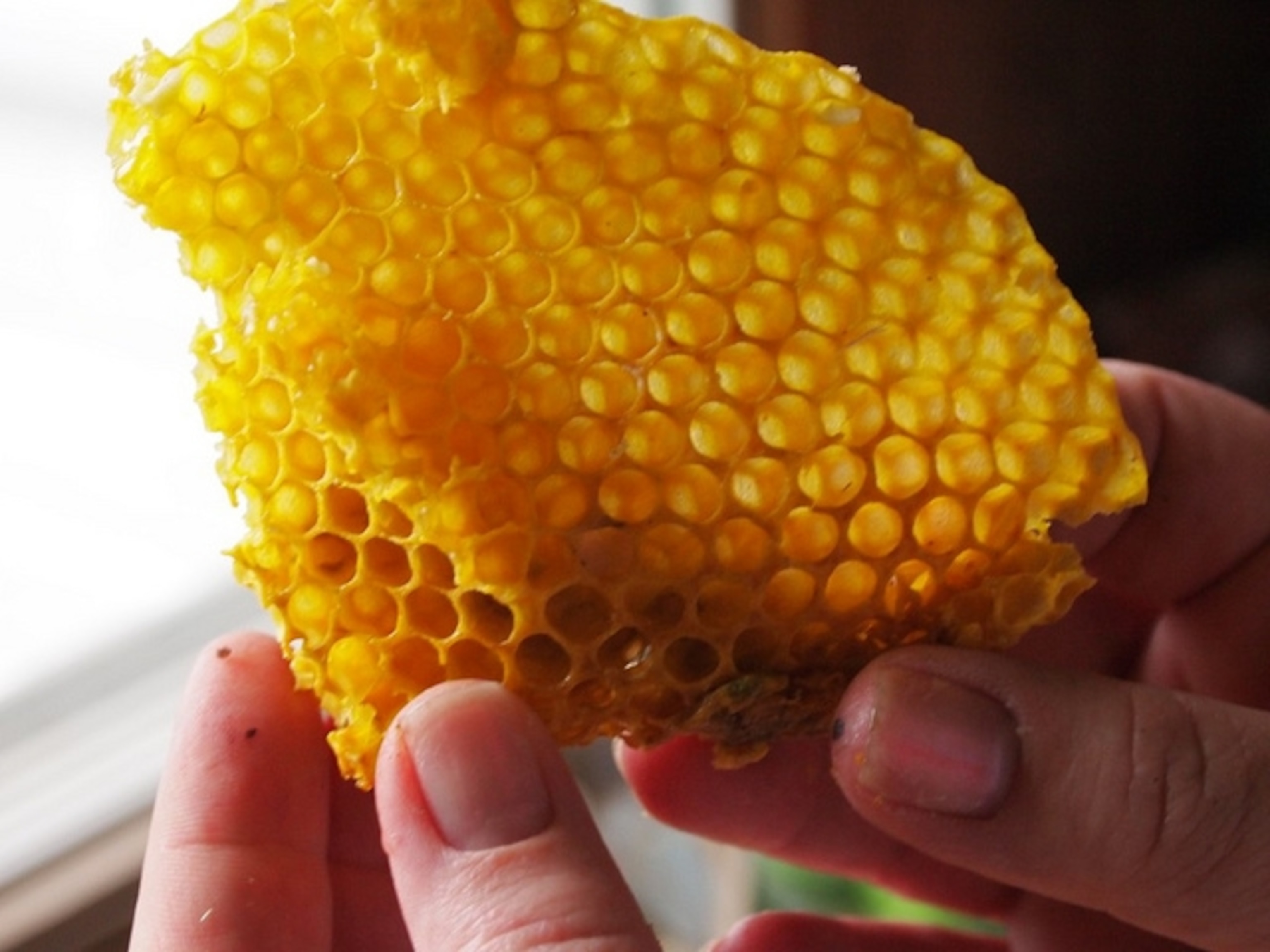
Urban Beekeeping on Green Rooftops
My hometown of Washington, DC is famous for scandal and brokenness so you’ll pardon us capital dwellers a little bragging when something goes right.
Last year 300,000 square feet of green roofs popped up in our city, more than any other in America. Often perched within those urban building-top oases are microfarms with thousands of workers creating one of the world’s most sought-after—and some say most endangered—agricultural product: honey.
Rooftop bees’ global star has risen nearly as quickly as the Beatles. Urban beekeeping is the rage from Melbourne to Paris to London, where anxiety bubbled that there weren’t enough plants to satisfy the sudden influx of bees’ need for nectar. Momentarily setting aside the $500 Williams-Sonoma Backyard Beehive & Starter Kit (bees not included) it’s no longer just for serious beekeepers and elite foodies with time on their hands and dreams of bottling personal-label artisanal honey.

Not coincidentally, green roofs earn credits toward a building’s LEED (Leadership in Environmental Energy and Design) certification, an ecological wellness stamp of approval developers drool over. Green roofs provide vegetation for water control, wildlife habitat, and better urban air quality. So if a building goes through the expense of creating a green roof to enhance its LEED certification potential and there’s space for a small hive, why not lean into the trend?
Where there is good food, chefs aren’t far behind. Juniper Restaurant’s Executive Chef Ian Bens keeps bees on the roof of the Washington Fairmont Hotel, where his restaurant is located, and uses the honey in his walnut bread, among other dishes. The hotel chain keeps bees at about 20 of its properties, from Yangcheng Lake, China to Mayakoba, Mexico. Founding Farmers Restaurant in DC teamed up with neighboring George Washington University, which has 13 hives on its roofs, on bee research and education.
Honey is often mislabeled, mixed with sugar or corn syrup to produce a sweeter and cheaper product. Many products labeled “honey” contain no traceable pollen, which most claim is the only way to identify that the food is honey and not a manmade sugar syrup. Food with a story and traceable source—the roof of the restaurant where you’re eating—attracts customers, and if that story also enhances a business’s environmental profile, so the better.
Restaurants’ participation in research and creating new colonies are critical, as abrupt disappearances of worker honeybees, a syndrome known as colony collapse disorder (CCD), has plagued the bee population since 2005. Debate continues over the cause of mysterious CCD but a Harvard study released last week in the Journal of Insectology shows that exposure to specific insecticides leads to CCD. The insectisides, known as neonicotinoids and chemically similar to nicotine, become widely used in the 2000s, immediately prior to the onset of CCD. A Department of Agriculture study earlier this year attributes CCD to the Tobacco Ringspot Virus (maybe, between the nicotine and the virus, we can all blame Big Tobacco for everything and call it a day).
Whatever CCD’s cause, keeping honeybees abundant and happy is crucial to feeding a planet of 7 billion, because wild plants depend on pollinators and even a third of agricultural crops need animals for cross-pollination, according to the National Resources Defense Council. Without bees, further high-tech plant engineering would be required to keep up with food production and farming.
New interest breeds new industry. Starry-eyed beekeeping hopefuls, fantasizing about entering a honey trade or hobby from the comfort of their rooftops while saving the planet, may need apiary assistance. Luckily, for consultation, DC’s three-year-old Georgetown Honeybee Company is just a phone call away.
This story is part of National Geographic‘s special eight-month Future of Food series.





